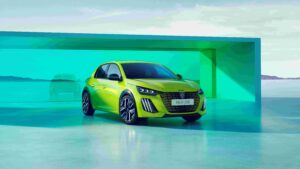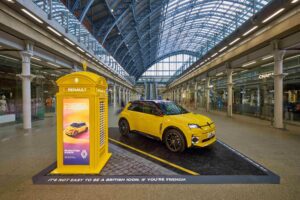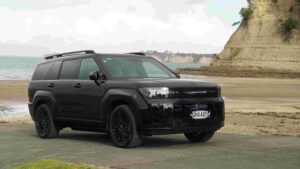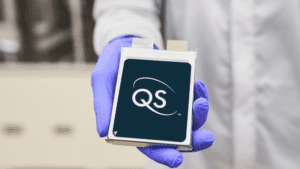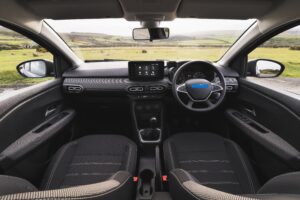New Automotive Tech Could Reduce Fatalities Caused by High-Risk Behaviour – Expert
Next-generation automotive safety technology currently under development could help reduce three major causes of road deaths and injuries in NZ – according to an industry expert.
The new technology includes driver monitoring systems that use sensors and cameras to identify when a driver is intoxicated or distracted as well as the capability to automatically limit the speed of a vehicle down as it approaches geofenced areas such as schools.
The development of the safety systems comes at a time when new Government research suggests a high degree of complacency amongst Kiwi drivers, with many engaged in high-risk behaviour on our roads including driving under the influence of drugs, texting and using social media while behind the wheel.
In 2020, 318 people were killed and almost 2,500 seriously injured on New Zealand roads. Excessive speeding, intoxication and distraction are a factor in hundreds of fatal and non-fatal fatal collisions each year.
According to new research from Waka Kotahi NZ Transport Agency, over a fifth (21%) of Kiwi drivers have had trouble staying awake on a long trip at least once in the past 12 months and a third (32%) say it is unlikely they would pull over and rest if they felt drowsy.
The study found a sixth (16%) of drivers continue to use a hand-held phone while driving and almost a quarter (23%) have sent or read text messages while behind the wheel in the past 12 year. In addition, around a tenth (7%) have checked or replied to their social media over this period.
The research also found a number of drivers admitted to driving while under the influence of drugs – including prescription medications (7%) and other drugs such as cannabis or methamphetamine (3%).
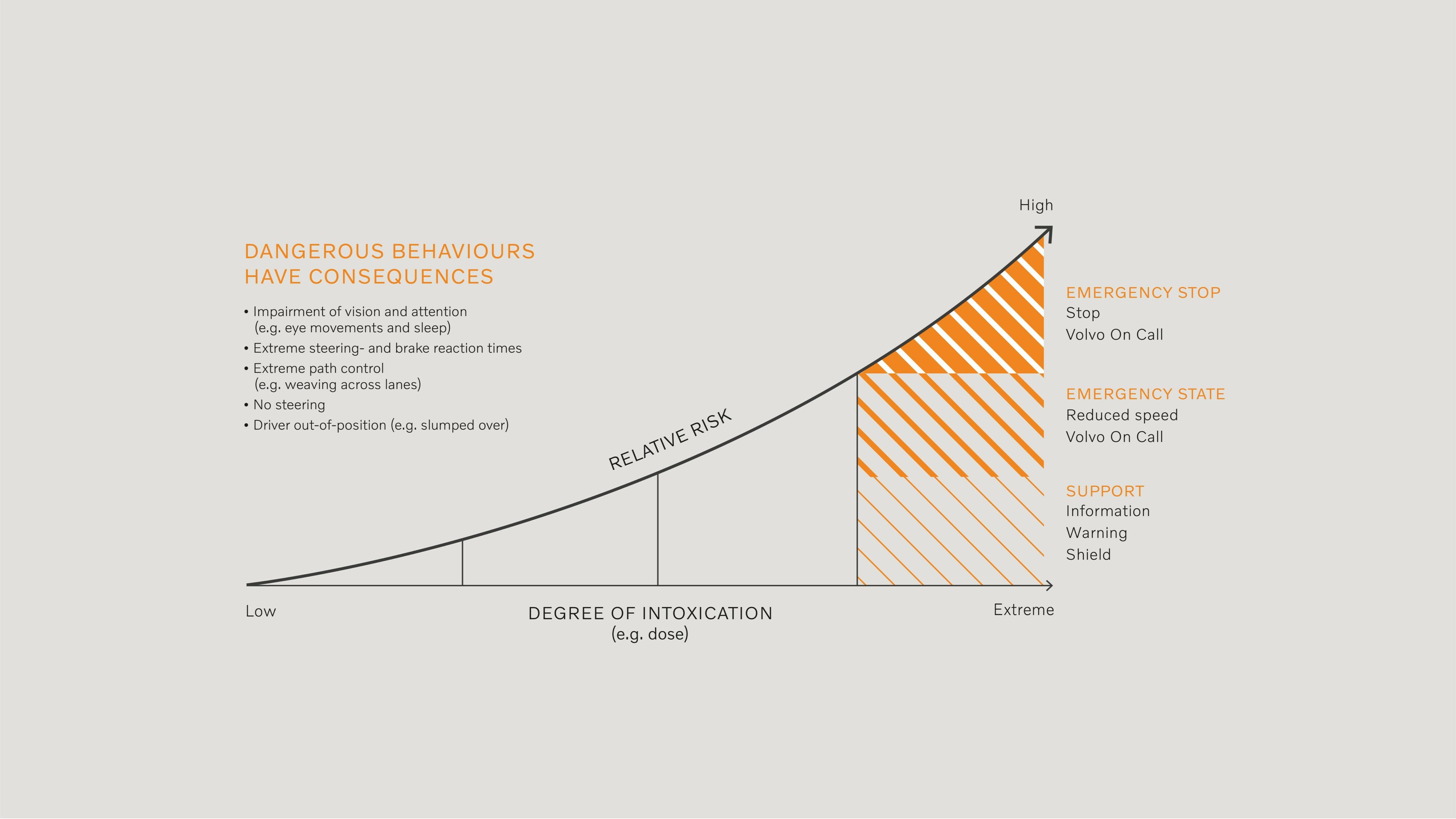
Ben Montgomery, Volvo NZ general manager, says the company is planning to introduce new technology to help address the number of fatalities caused by distracted driving.
“What we can see from the Waka Kotahi NZ Transport Agency research is that there is still a large number of drivers engaged in high-risk behaviours.
“We also know that automotive safety technology has a significant role to play in reducing the rate of unnecessary deaths and injuries on our roads each year.
“In the near future Kiwi Volvo owners can expect to see the introduction of a new driver monitoring system that uses cameras and sensors to detect whether the driver is distracted and allows the car to intervene if a clearly intoxicated or unfocused driver does not respond to warning signals,” he says.
Montgomery says geofencing, another type of automotive technology currently being explored by Volvo will automatically reduce the vehicle’s speed around schools and hospitals.
He says the transport agency research found 6% of drivers believe these speed limits on New Zealand roads are too high and more than four in ten (44%) of those surveyed, think the risk of being caught speeding is small.
“New vehicle safety systems can also play a part when it comes to addressing the impact of excessive speed on the road toll.
“As a carmaker, Volvo has already taken the first step by limiting the maximum speed its vehicles can travel at on the open road, providing owners with a Care key that restricts speed when the vehicle is loaned to another driver.
“Standard features such as Pilot Assist can also help the driver to drive the car between the lane’s side markings using steering assistance as well as to maintain an even speed, combined with a preselected time interval to the vehicle ahead.
“The development of this technology is part of Volvo Cars’ vision of a future with zero traffic fatalities and requires a focus on human behaviour in the company’s safety work as well,” he says.
Next-generation Volvos may also come equipped with geofencing technology which automatically slows the vehicle down when approaching areas with vulnerable pedestrians such as near a school or hospital and, with the rollout of 5G technology, Volvo Cars are testing communication between cars and infrastructure in China.
For example, when a car is aware of upcoming traffic issues such as road works, congestion or accidents, it can take pre-emptive action such as slowing down or suggesting a different route. This can help boost traffic safety for people inside the car, while avoiding start-and-stop traffic improves efficient energy use.
Cars may also communicate with traffic lights in order to establish an optimal speed and create a so-called ‘green wave’, and with each other to optimise safe exits and entries from and onto motorways.





